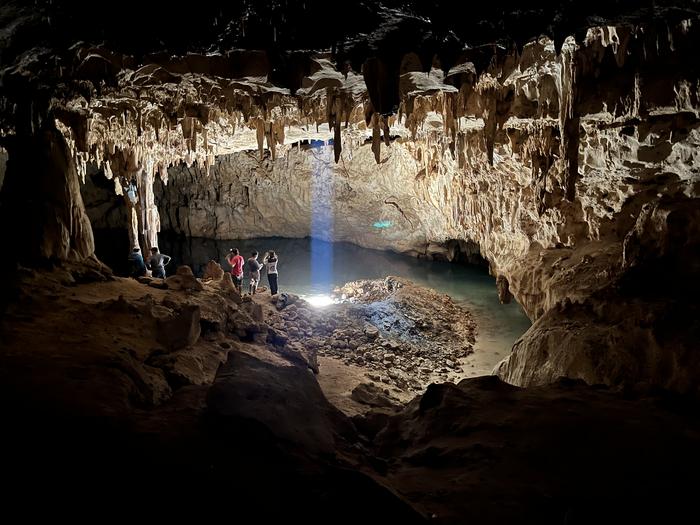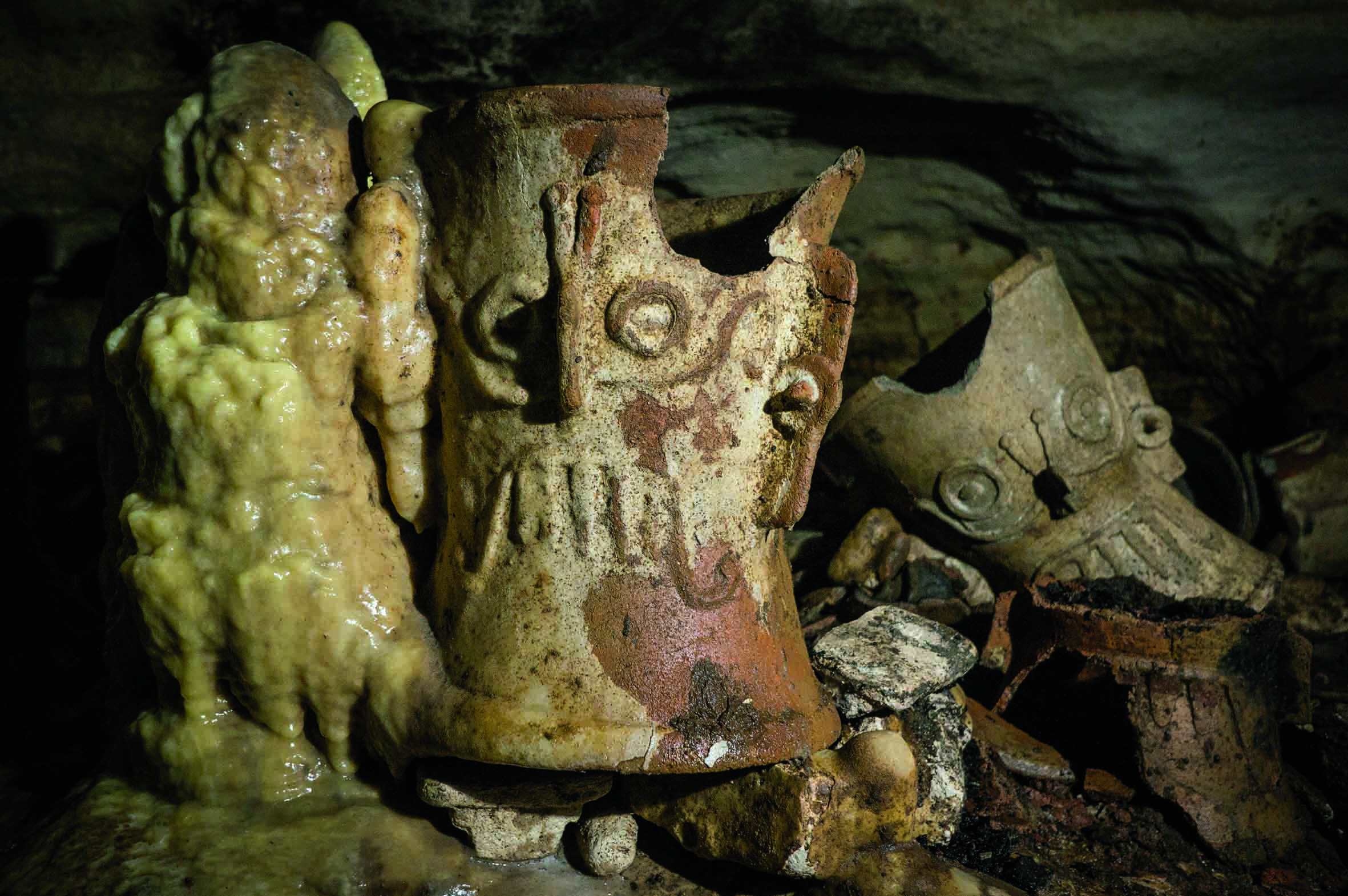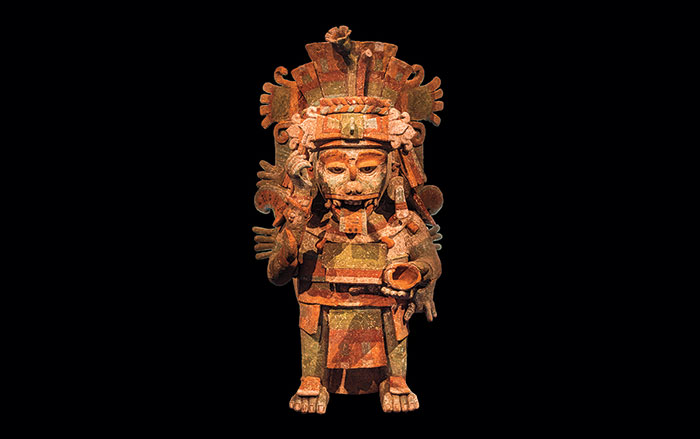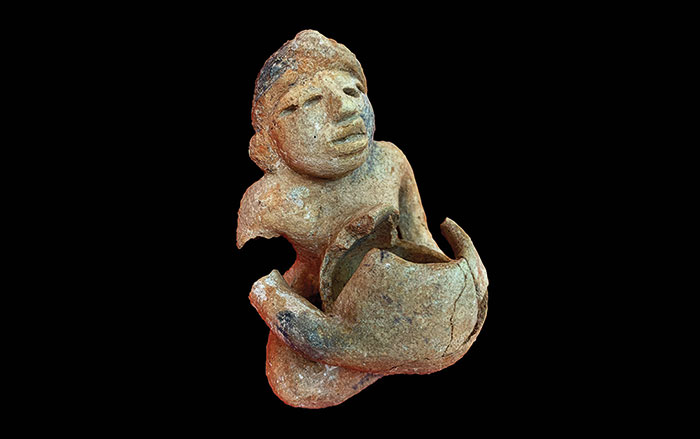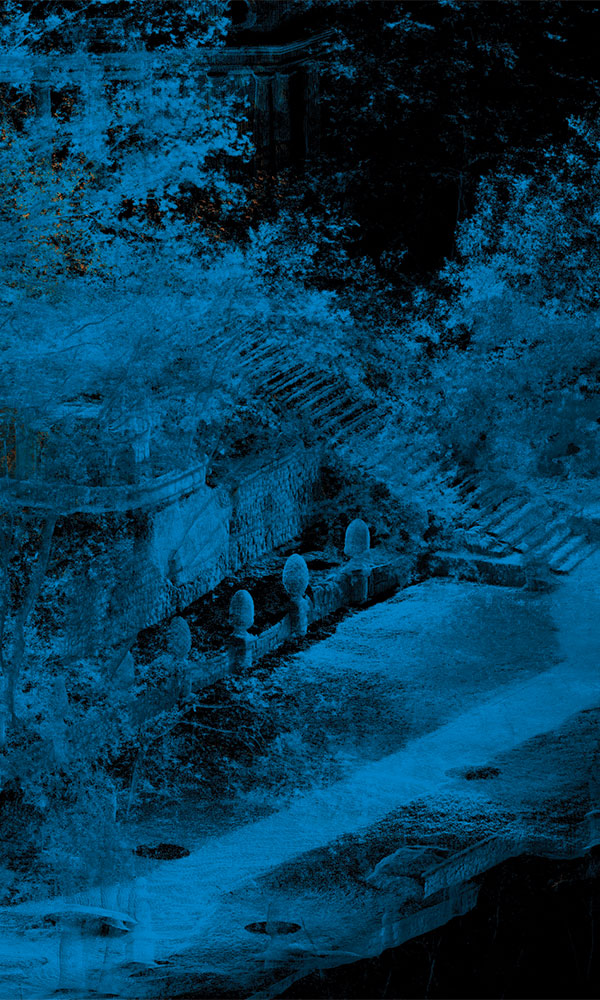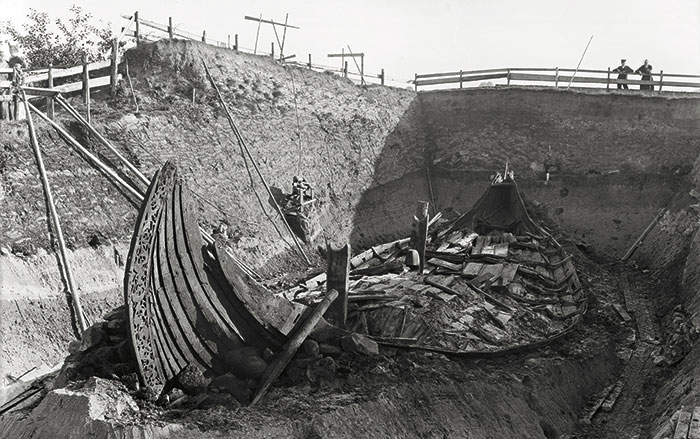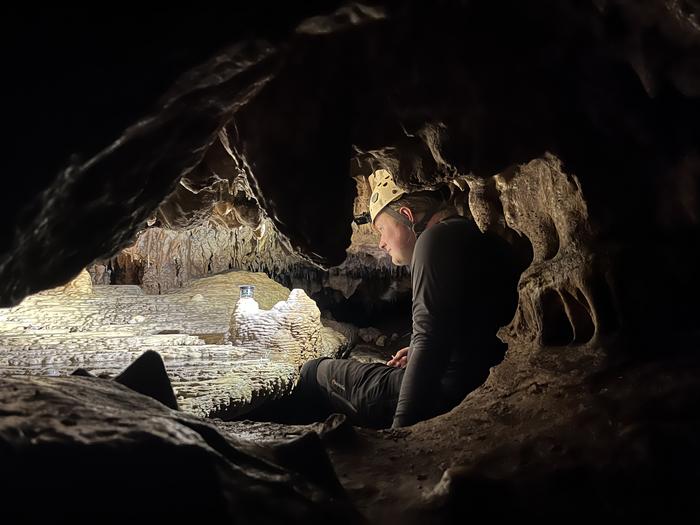
GRUTAS TZABNAH, MEXICO—Archaeologists have long debated why Maya communities in the Southern Lowlands suffered a period of widespread sociopolitical upheaval between a.d. 800 and 1000. During what is known as the Terminal Classic Period, dynasties collapsed, urban centers were abandoned, and populations dwindled, bringing an end to the Classic Maya civilization. According to a statement released by the University of Cambridge, potential new clues to the causes of this phenomenon have recently been identified in the Grutas Tzabnah cave in Mexico's Yucatán. Researchers analyzed oxygen isotopes in cave stalagmites that provided information about specific rainfall amounts during both the wet and dry seasons from a.d. 871 to 1021. The data revealed that there were eight wet season droughts during that timeframe, all of them lasting at least three years. The team even found evidence of one catastrophic drought that lasted 13 years. Even though the Maya had sophisticated water management systems, a drought that long would have had a profound effect on the existing sociopolitical structure. “There have been multiple theories as to what caused the collapse, such as changing trade routes, war, or severe drought, based on the archaeological evidence the Maya left behind,” said Cambridge researcher Daniel H. James. “But in the past few decades, we’ve started to learn quite a lot about what happened to the Maya and why, by combining the archaeological data with quantifiable climate evidence.” Read the original scholarly article about this research in Science Advances. To read about evidence of warfare between Maya states, go to "Maya Total War."


